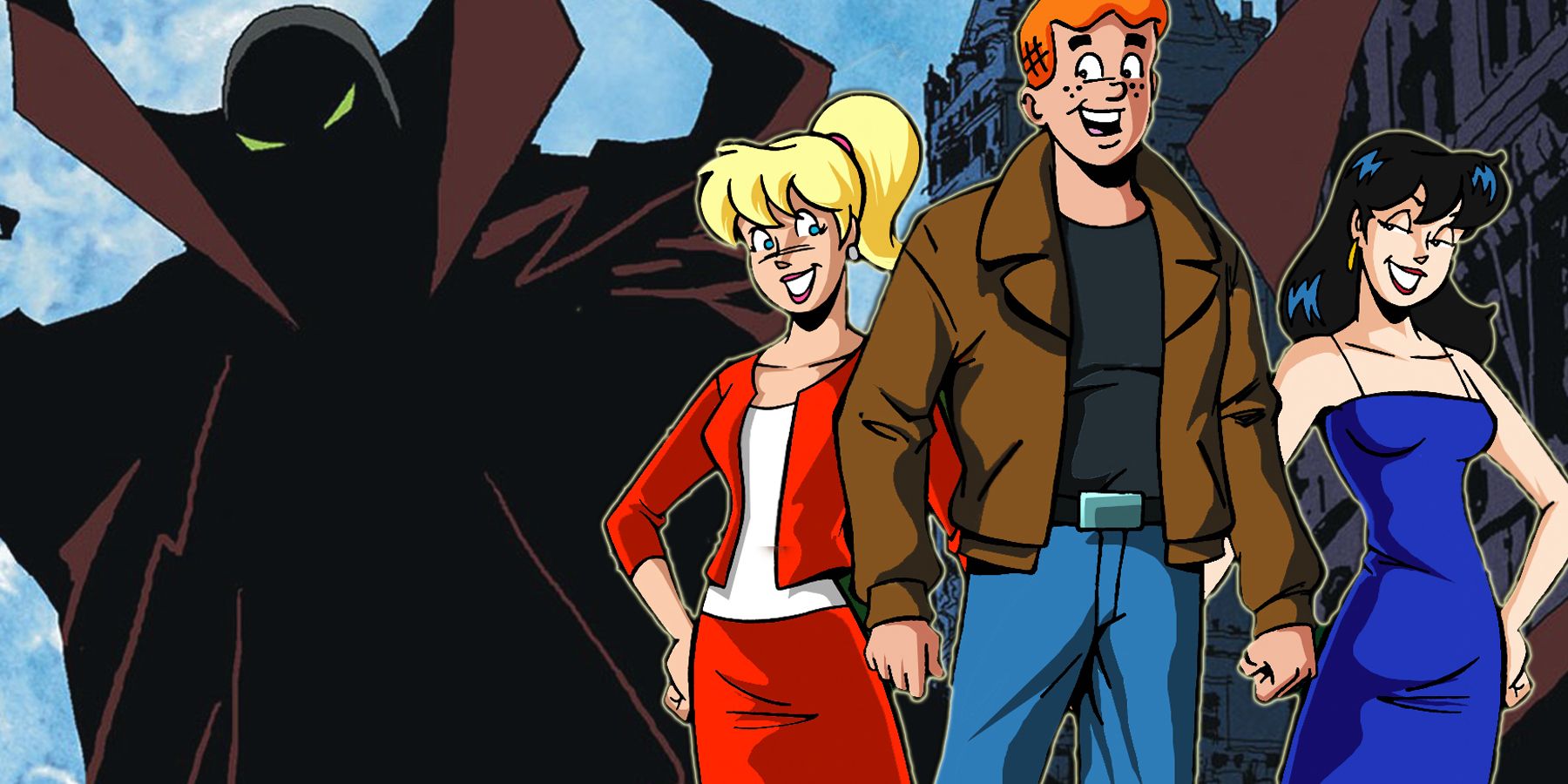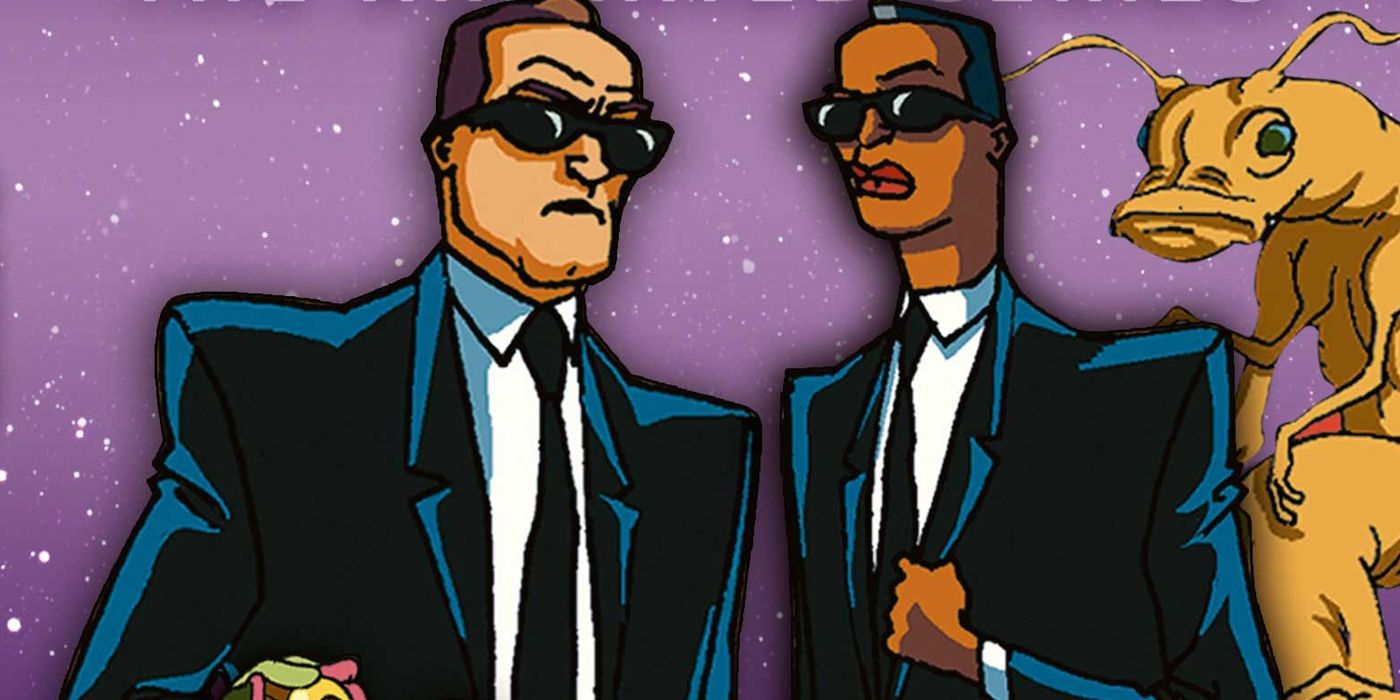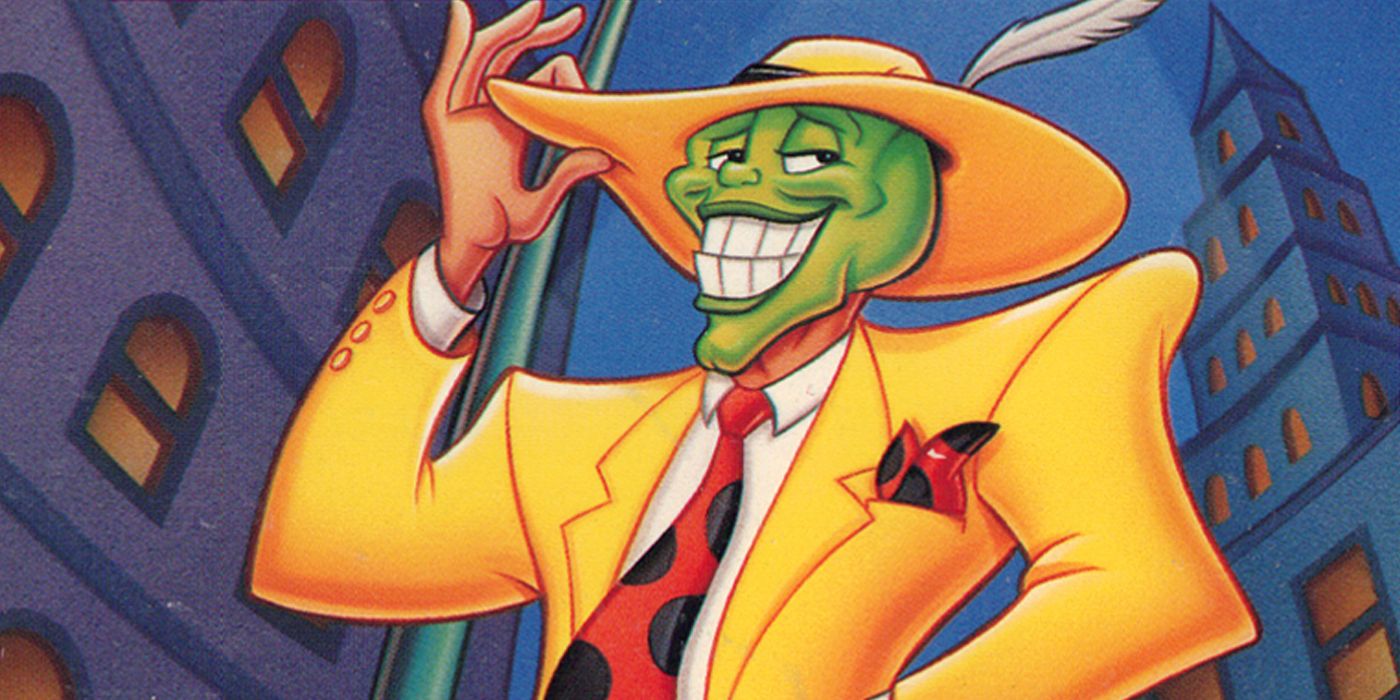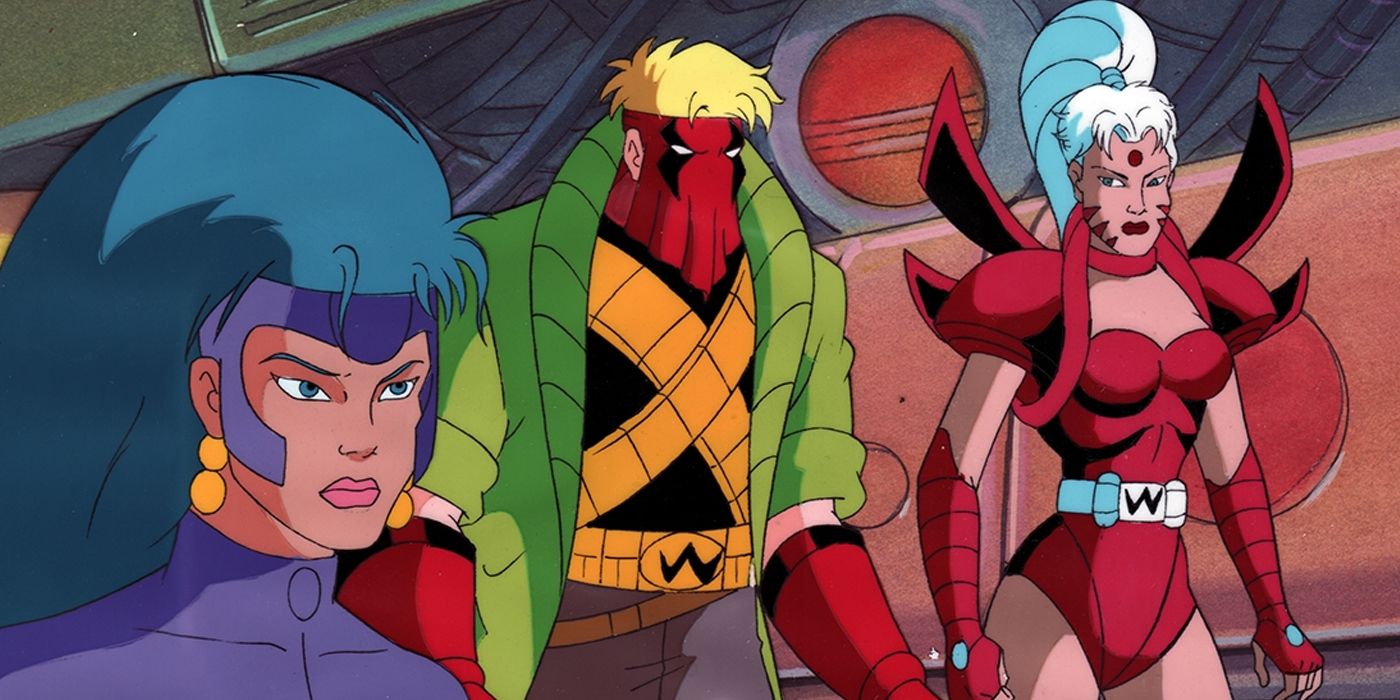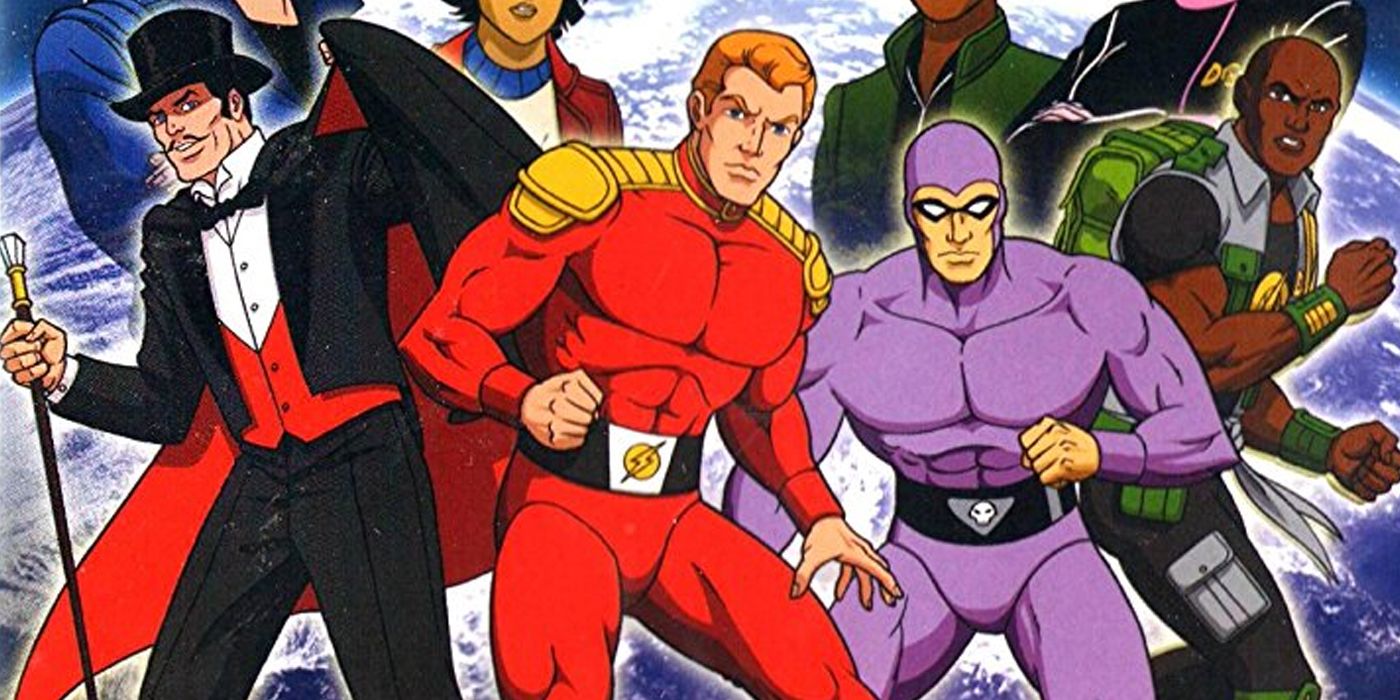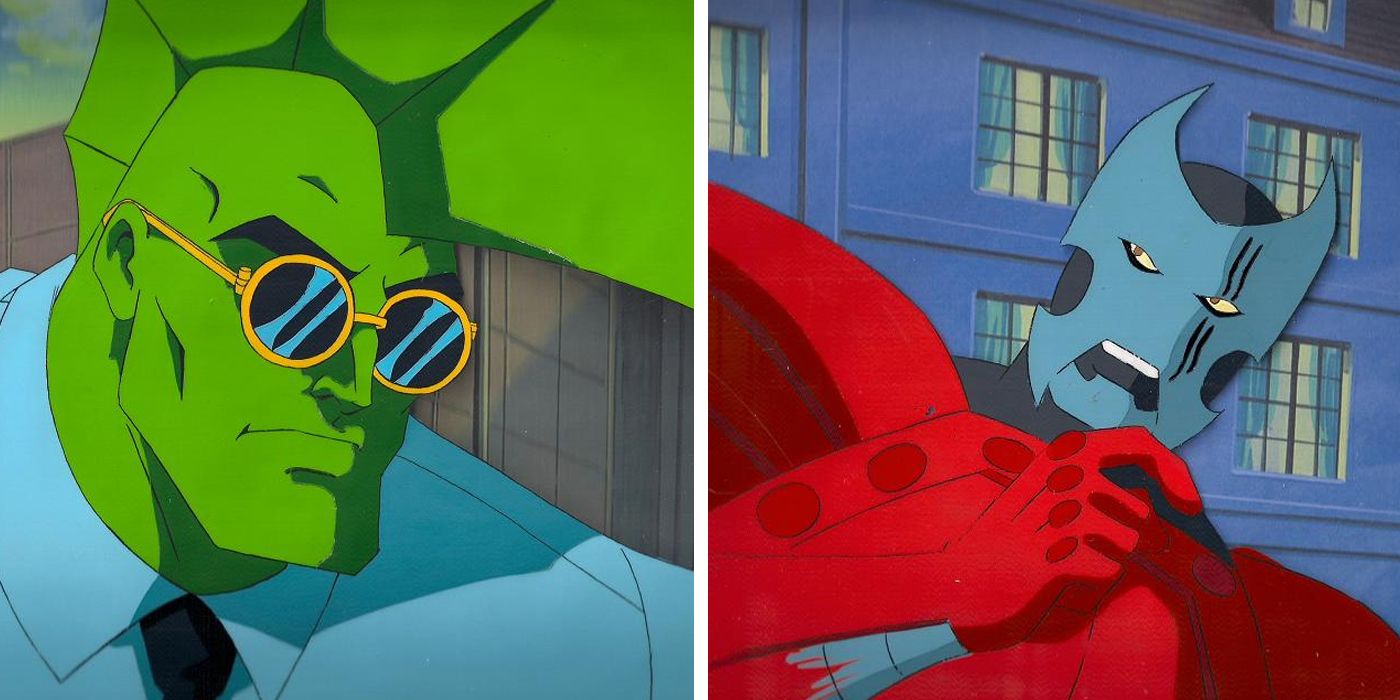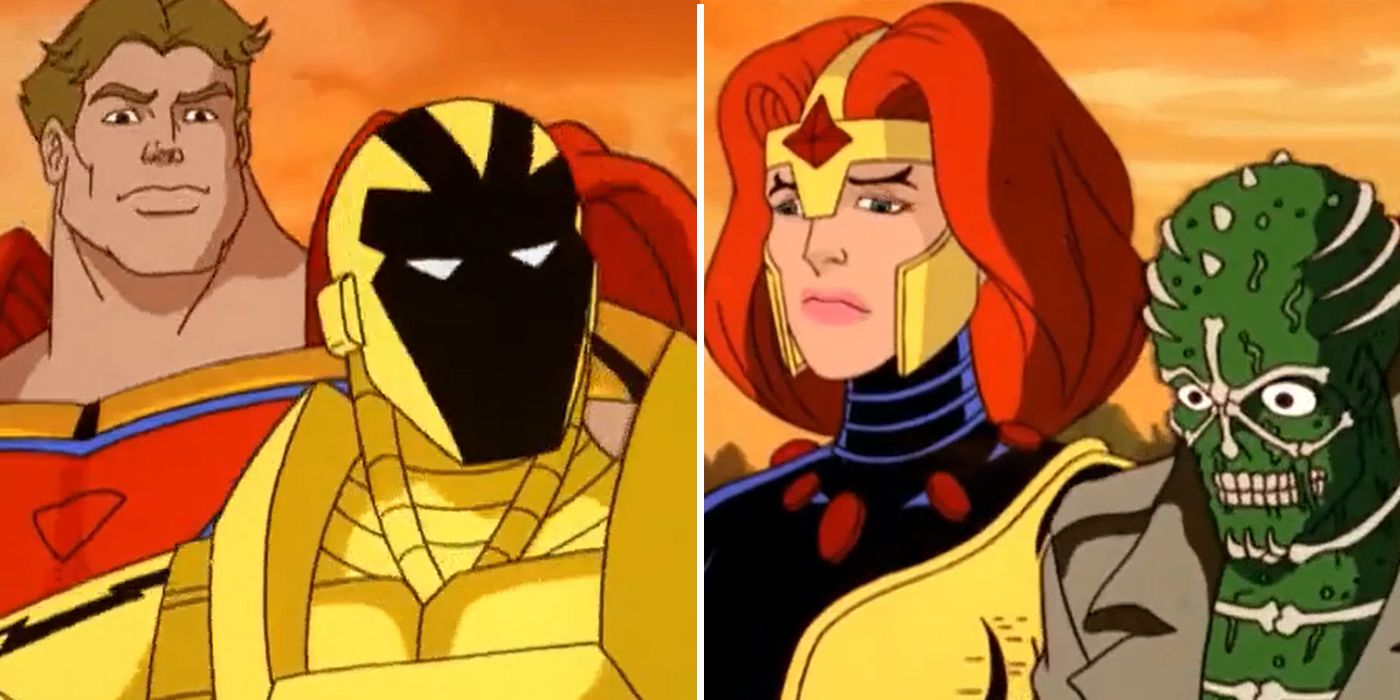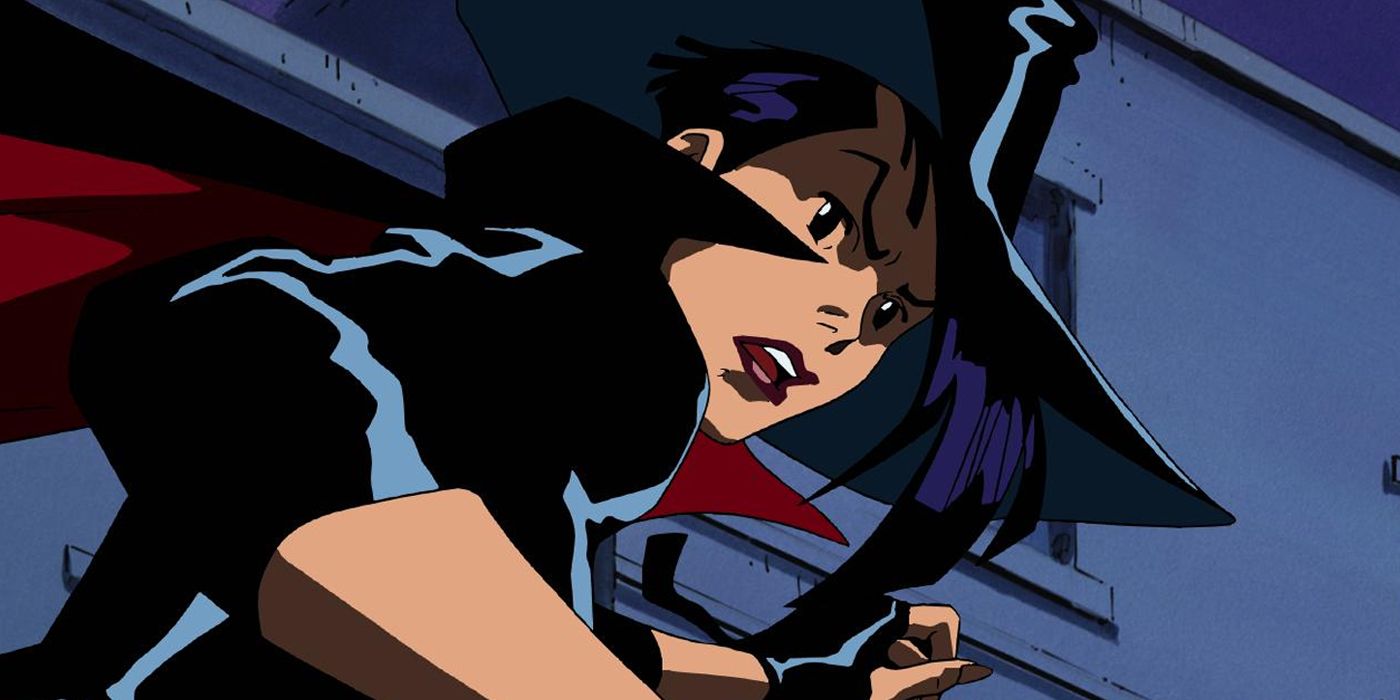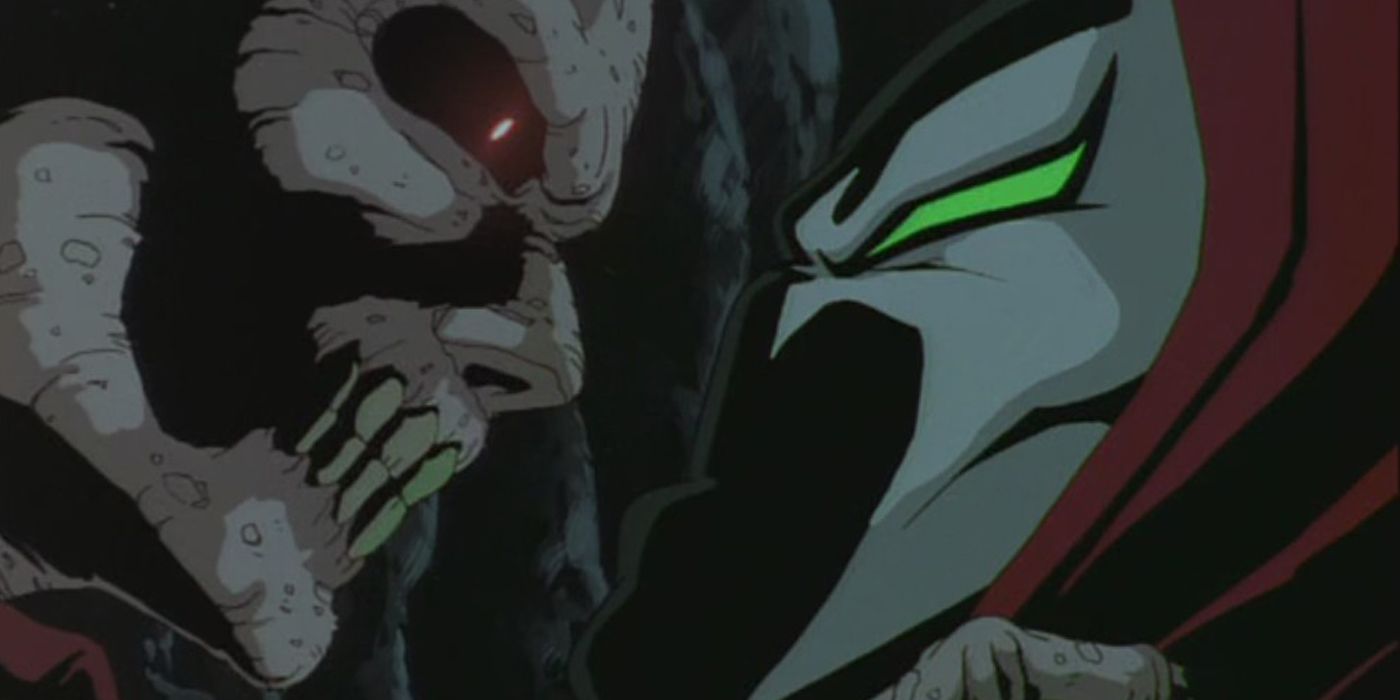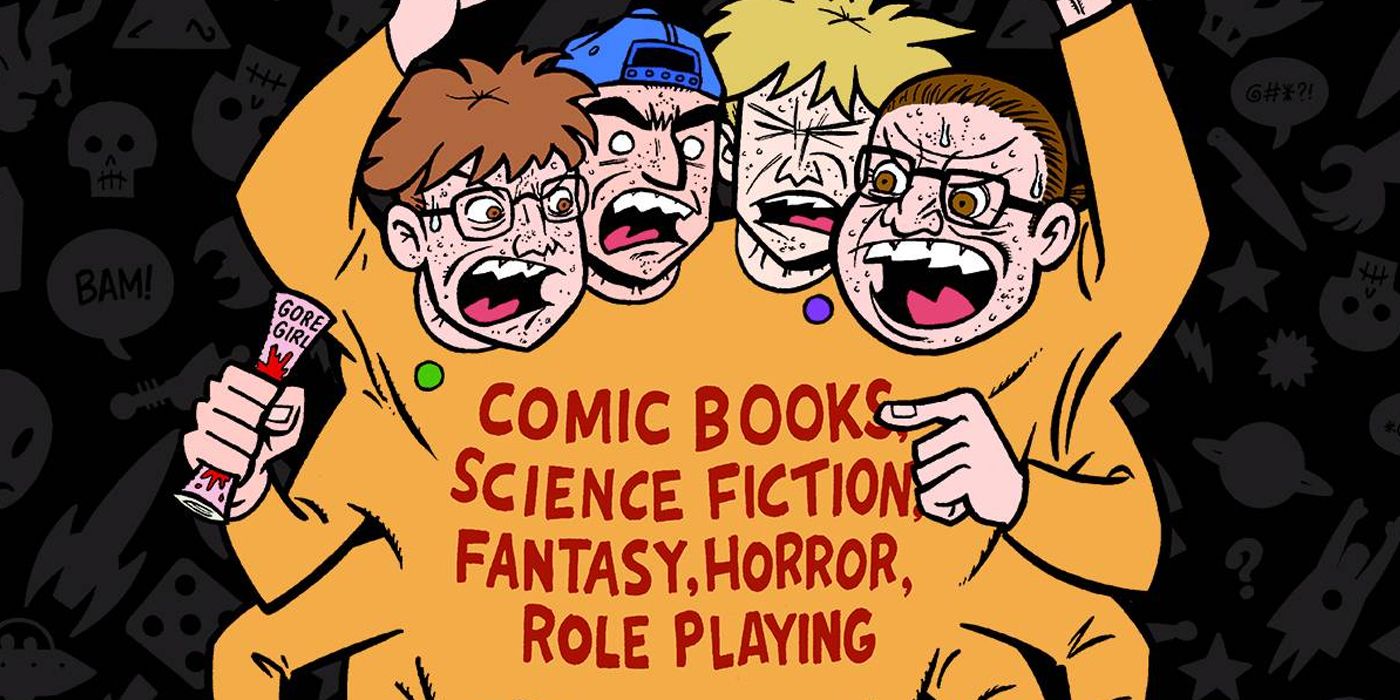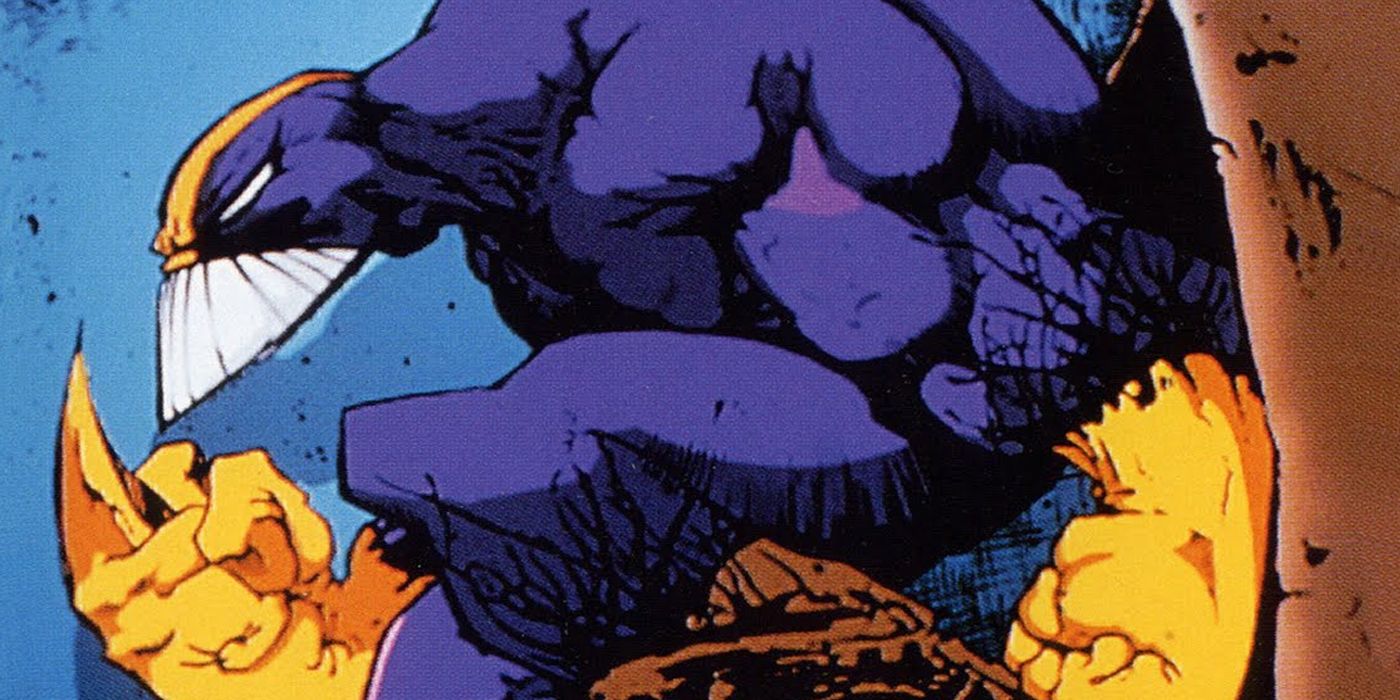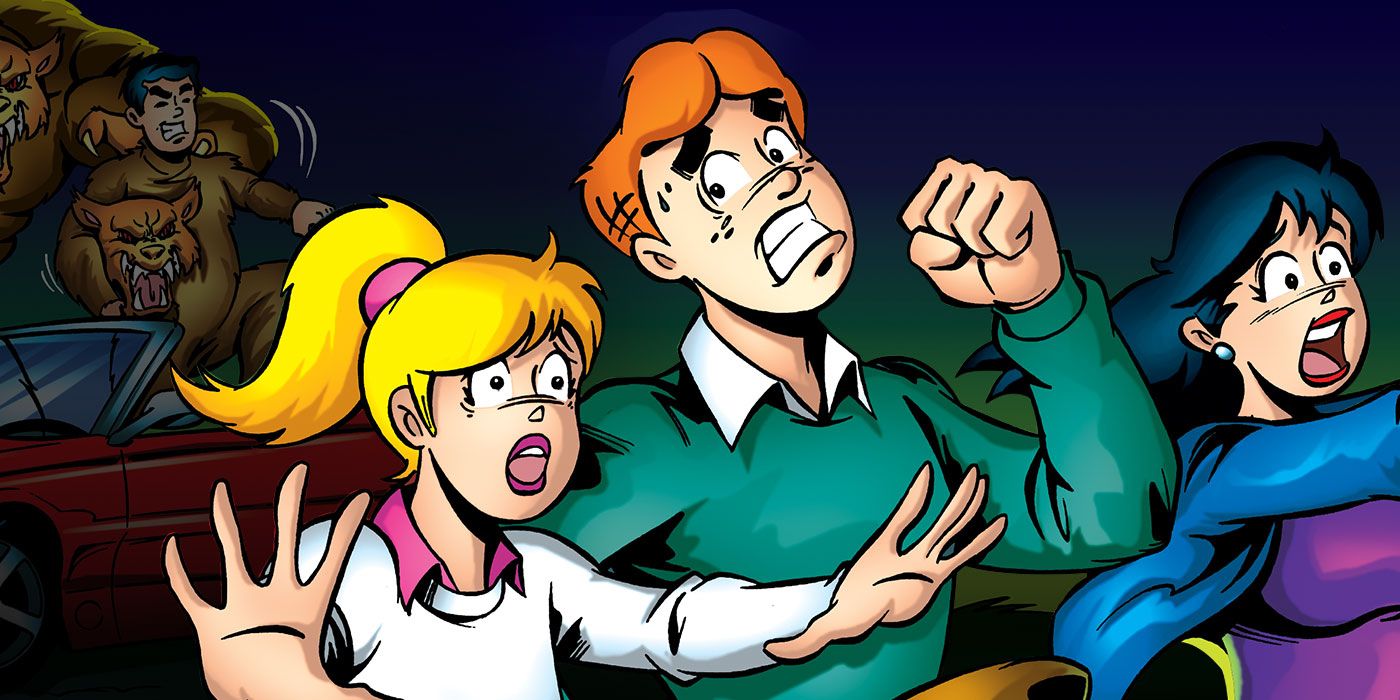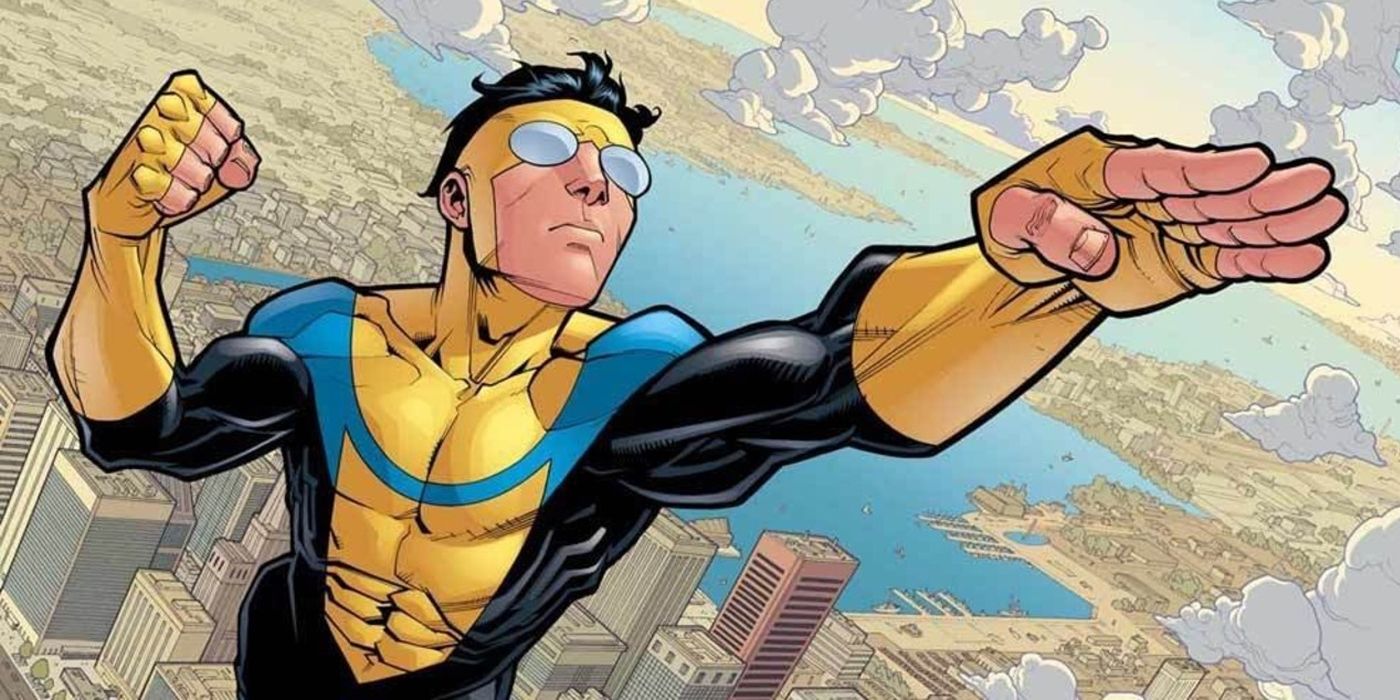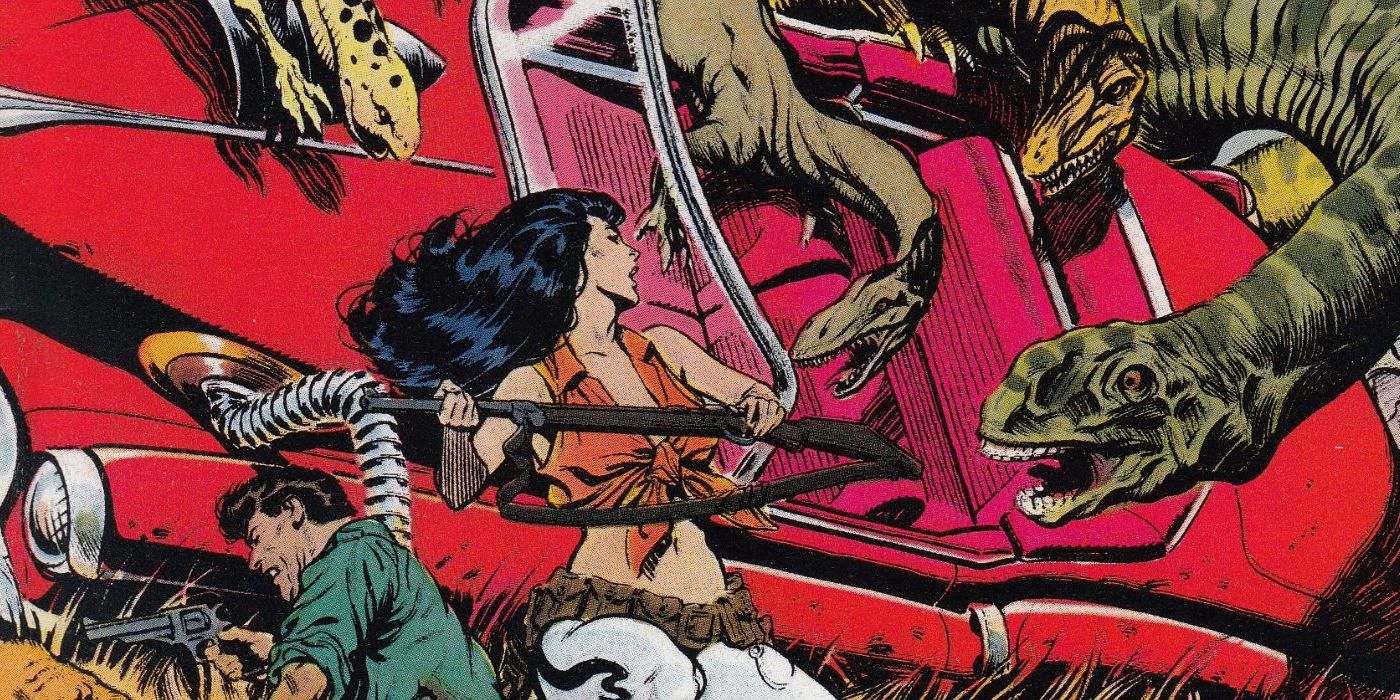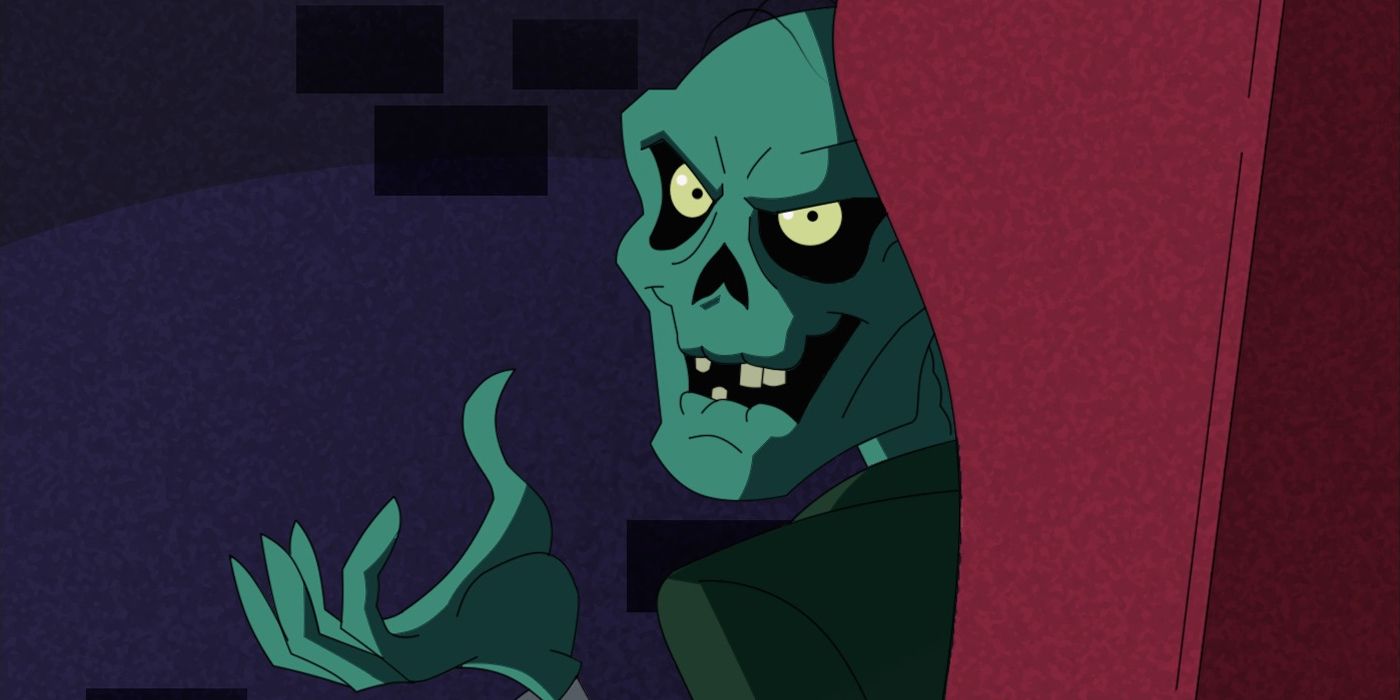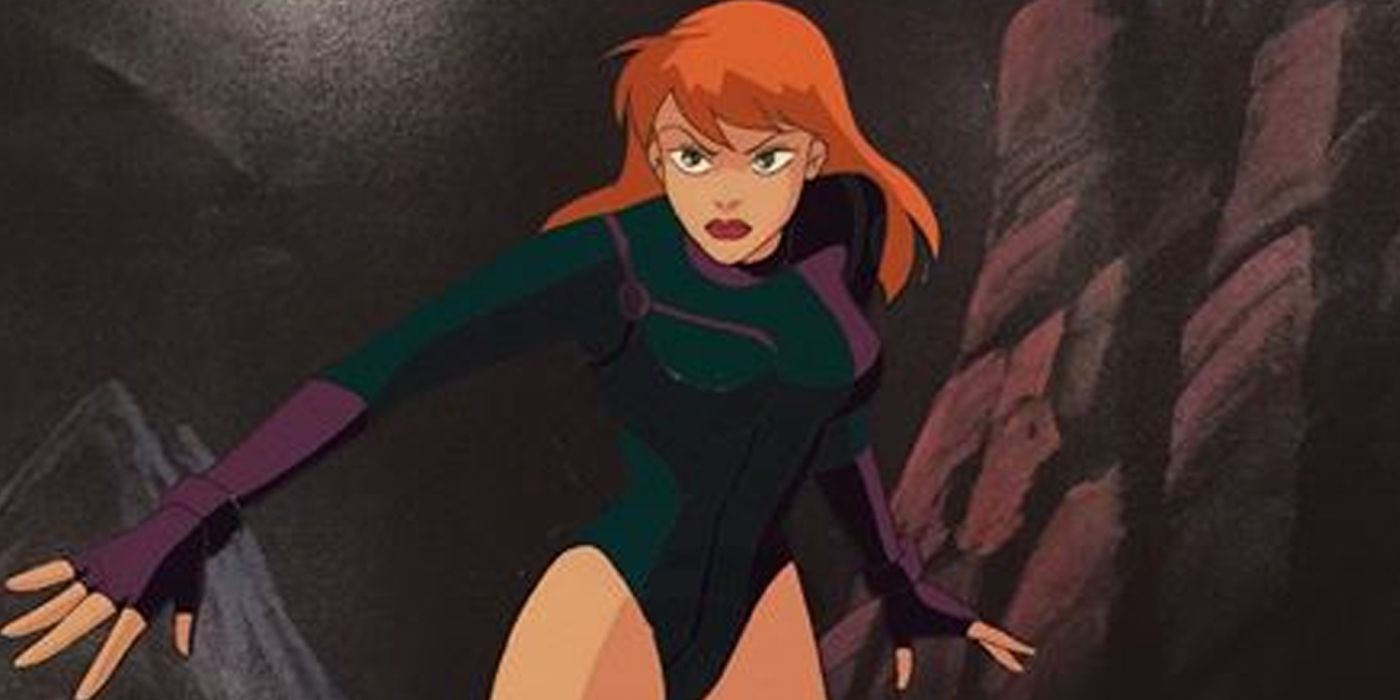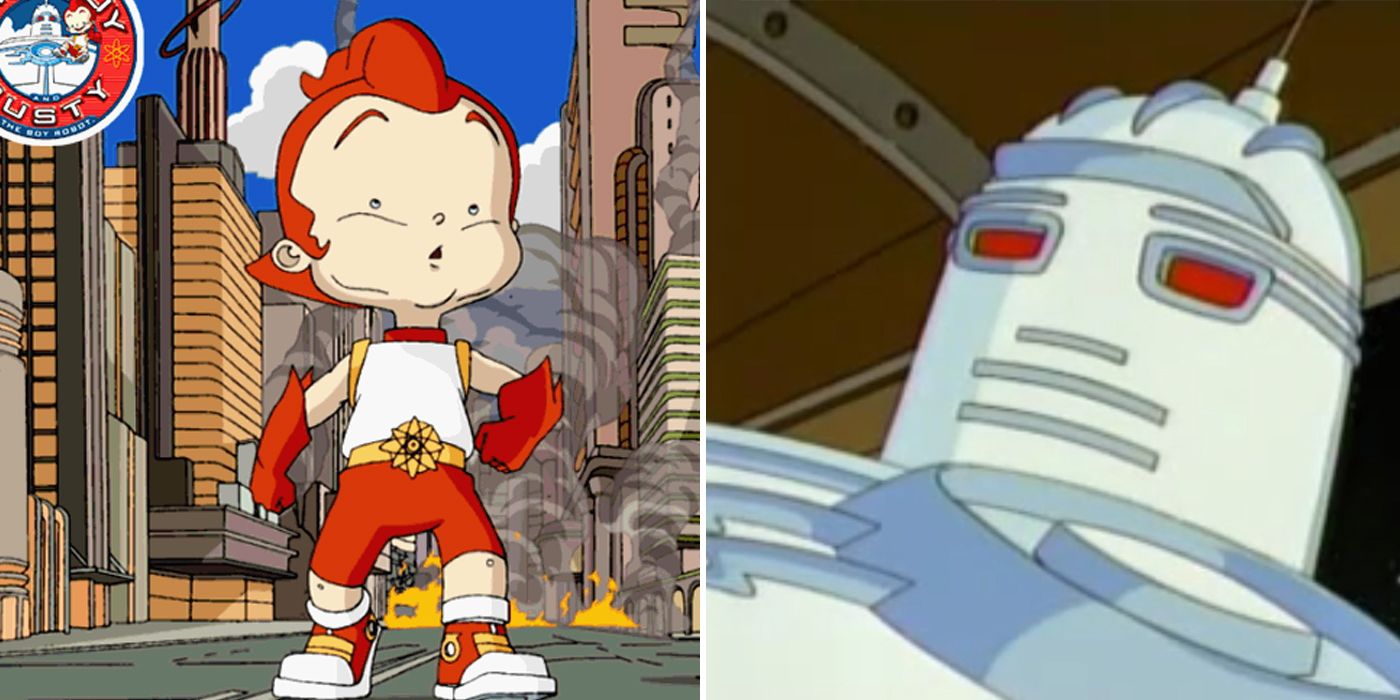While Marvel Comics and DC Comics have been a dominant force in animation for decades, a handful of other comic publishers have seen their characters take cartoon form. For publishers without iconic superheroes, an animated series can turn a small black-and-white comic like “Teenage Mutant Ninja Turtles” into a lasting pop cultural juggernaut. Even an unsuccessful cartoon can be a major chapter in a less well-known comic’s history.
RELATED: Legends of Yesterday: DC Comics’ 15 Most Forgotten Cartoons
Now, CBR is taking a look back at some of the most forgotten cartoons based on independent comics. For this list, we'll be focusing on characters who originated at publishers like Image and Dark Horse. While some of the characters on this list are currently owned by Marvel or DC, their rights were either purchased after their shows aired or the franchises were treated as independent properties.
16 Men in Black: The Series
While “Men in Black” may be one of the more memorable films of the 1990s, it’s easy to forget that the sci-fi franchise started out as an independent black-and-white comic book published by the Malibu Comics imprint Aircel Comics. “The Men in Black” ran for two three-issue miniseries by Lowell Cunningham and Sandy Carruthers in the early 1990s before Marvel purchased Malibu in 1994.
After the blockbuster success of 1997’s “Men in Black,” Agent K and Agent J starred in their own cartoon on the Kids’ WB programming block. Over four successful seasons, “Men in Black: The Series” greatly expanded the mythology of the alien-policing organization and turned minor characters like the coffee-loving Worms into fan favorites, who would take on larger roles in later films. While the darker “MiB” of the comics dealt with aliens and supernatural monsters, the 53-episode cartoon mimicked the movie’s lighter approach and focused on extra-terrestrial threats. Though the animated series was successful at the time, its star has faded as the franchise’s cultural prominence has diminished.
15 The Mask
Before Jim Carrey turned the Mask into a living cartoon in 1994’s “The Mask,” the character formerly known as Big Head regularly appeared in titles published by Dark Horse Comics. While several people became the Mask in those dark, hyper-violent comics, the film and its subsequent animated series starred Stanley Ipkiss as a mild-mannered banker who could become the powerful, chaotic Mask.
Over three seasons starting in 1995, “The Mask: The Animated Series” replicated the cartoon logic of the film in an actual cartoon. The zany 55-episode series loosely followed the movie’s continuity and had a similar sense of humor, which led to one episode being pulled over risqué content. In the CBS show’s series finale, the Mask crossed over with “Ace Ventura: Pet Detective,” another show based off of a Jim Carrey movie. This version of the Mask also garnered its own 12-issue comic book series “Adventures of the Mask.” While the character has rarely appeared on television or in comics since 2000, Dark Horse reprinted that series as one volume in 2009.
14 WildC.A.T.s
While the WildC.A.T.s have been property of DC Comics since the late 1990s, the WildStorm heroes were the first Image Comics characters to jump to television. Jim Lee and Brandon Choi launched their comic about “Covert Action Teams” in 1992, and the successful series was one of the few comics that could legitimately challenge the X-Men’s popularity. When CBS launched its Action Zone programming block in 1995, they hoped that “WildC.A.T.s” could also be a match for the X-Men’s animated popularity.
Despite a marketing push that included a toy line and a video game, “WildC.A.T.s” only lasted for one 13-episode season. Like the comic, the series followed a team of superheroes and aliens that was caught up in an ancient interstellar war between the heroic Kherubim and the evil Daemonites. Although most of the characters looked like their comic book counterparts, the series recast most of the team’s core members into slightly different, more kid-friendly roles. Years after this series ended, team-member Grifter appeared in “Justice League: The Flashpoint Paradox,” an animated direct-to-video feature based on DC's "Flashpoint" crossover.
13 Defenders of the Earth
While comedic comic strips like “Garfield” and “Peanuts” have been the basis for plenty of cartoons, a handful of adventure strips have been turned into shows, too. In 1986, King Features Syndicate brought three very different heroes together in “Defenders of the Earth.” In that series, space adventurer Flash Gordon, jungle hero Phantom, Mandrake the Magician and their children teamed up to fight Ming the Merciless in the far-off future of 2015. The Marvel-produced show lasted for one season consisting of 65 episodes and garnered a four-issue miniseries that was partially written by Stan Lee.
While Dynamite Entertainment has recently had success teaming up those characters in “Kings Watch,” two of the characters had their own future-based animated series later in the 1990s. In 1994, a later incarnation of the Phantom starred in “Phantom: 2040,” a 35-episode series that was praised for complex storytelling and distinct designs by “Aeon Flux” creator Peter Chung. Later, Flash Gordon starred in his own self-titled 24-episode sci-fi series in 1996.
12 Savage Dragon
With over 200 issues published as of this writing, Erik Larsen’s “Savage Dragon” has quietly become one of the longest-running works by a single creator in modern comics. While the title doesn’t top the sales charts, its endurance is a testament to creator-owned comics and the power of a singular creative vision. In 1995, the USA Network gave the Dragon his own show as part of their Action Extreme Team programming block. “The Savage Dragon” ran for two seasons and offered a kid-friendly take on Officer Dragon’s struggle to save Chicago from Overlord and the Vicious Circle.
“The Savage Dragon” also participated in one of the odder crossovers in television history. In 1996, an original character called the Warrior King appeared in Dragon’s show, “Street Fighter: The Animated Series,” “Mortal Kombat: Defenders of the Realm,” and “Wing Commander Academy” all on the same day. While the crossover between the Action Extreme Team shows was not promoted as such, it remains the only interaction between some of the most prominent franchises in video games.
11 Ultraforce
During the collecting boom of the early 1990s, Malibu Comics launched a line of superhero comics called the Ultraverse. Defined by a strong creative roster and advanced-for-the-time digital coloring techniques, that line was the short-lived publisher’s signature success. In 1995, Malibu’s premiere team book Ultraforce was adapted into animated form as part of USA’s Action Extreme Team. Over 13 episodes, “Ultraforce” chronicled the adventures of Malibu’s relatively noteworthy heroes like Prime, a Shazam for the ‘90s who received his own video game. Despite the show’s brief single season, “Ultraverse” killed off the young hero Pixx, a bold move for the time.
Shortly before the show’s only season, Marvel bought Malibu, reportedly to keep DC from buying the young publisher. In 1994, Marvel rebooted the Ultraverse and loaned it some Marvel characters like Loki and Juggernaut. The last Ultraverse title was published in early 1997. Despite a few revival attempts, the Ultraverse has not been seen in two decades for undisclosed reasons.
RELATED: The Malibu Ultraverse: 15 Things We Still Miss
10 Cybersix
While largely unknown in the United States, the Argentine comic book “Cybersix” became a short-lived cartoon on the Fox Kids programming block in 1999. The series followed Cybersix, an "artificial human" created by the evil geneticist Dr. Von Reichter. By night, she and her panther sidekick Data-7 hunted his other creations for “Sustenance,” a liquid she needed to survive. By day, she hid from her creator by posing as a male high school teacher named Adrian.
After one season of 13 episodes, this conceptually rich series ended. Even though the series toned down some of the comic’s darker, more mature themes, it earned a small cult following due to its fluid animation. Although a second season was planned, an alleged dispute between the show’s international co-producers, Canada’s NOS and Japan’s TMS Entertainment, caused the show’s premature cancellation. While the cartoon series was released on DVD in 2014, the original comics have still not seen an English language release, as of this writing.
9 Spawn
While most of the cartoons on this list toned down the more graphic content and mature themes of the comics they were based on, “Spawn” doubled down on darkness. Debuting a few months before Spawn’s live action film in 1997, this HBO series embraced the bleak world of Todd McFarlane’s best-selling comic over three seasons. Despite a few small alternations, the show was largely faithful to its source, chronicling the fallout of the Faustian pact that turned commando Al Simmons into the supernatural Spawn.
The series was critically acclaimed for its detailed, fluid animation and Keith David’s performance as the title character. While the show’s 18 episodes were edited into three films for home release in the 1990s, the complete series has since been released on DVD, complete with McFarlane’s endearing live-action introductions to first-season episodes. While Spawn has receded some from the larger cultural landscape, talk of a new live-action Spawn movie has continued in recent years. Regardless of the character’s future, “Spawn” remains one of the few non-comedy Western animated series meant for adults.
8 The Eltingville Club
Over two decades, Evan Dorkin’s multiple Eisner Award-winning series “The Eltingville Club” took a dark comedic look at the ugly underbelly of geek culture. The irregularly-released Dark Horse title followed the four members of the Eltingville Comic Book, Science-Fiction, Fantasy, Horror and Role-Playing Club. In 2002, Adult Swim produced a pilot for an Eltingville series called “Welcome to Eltingville.” With heavy involvement from Dorkin, the pilot brought his manic cartoony art to life with a faithful adaption of the first full-length Eltingville story “Bring Me the Head of Boba Fett”
Despite a positive critical reception, the ahead-of-its-time pilot didn’t become a series. Back when the episode premiered, Dorkin said that the show would have carried on the comic’s unrelenting dark humor, mixing original stories with adaptations of older Eltingville stories. Though those plans didn’t come to pass, Adult Swim has occasionally re-aired the pilot episode as a special, and even released it on DVD with a few other failed pilots in 2009.
7 The Maxx
While most of their programming is live-action today, it’s easy to forget that MTV was one of the strongest venues for adult-oriented animation in the early 1990s. Besides shows like “Beavis & Butt-Head” and “Daria,” the network also showed anthology series like “MTV’s Oddities,” which showcased an animated version of Sam Kieth’s surreal Image series “The Maxx.” The mind-bending series followed the Maxx, a homeless man in the real world who protected the Jungle Queen in a realm called the Outback. Back in the real world, the Jungle Queen’s unaware human form was a “freelance social worker” named Julie who looked after the Maxx.
Over 13 short episodes, the cartoon faithfully adapted the first dozen issues of the comic series, using a variety of animation styles. While the comic series would go on to expand its characters’ backstories and cover a future storyline before its conclusion, the cartoon ended after adapting the first story arc of the comic.
6 Archie’s Weird Mysteries
As comics like “Afterlife with Archie” and “Archie Vs. Predator” have shown, mixing the traditionally wholesome world of Archie with darker subjects can produce an intriguing narrative friction. While nowhere near as dark as those series, Archie’s most recent animated show, “Archie’s Weird Mysteries,” took the classic Archie gang in a similar direction. In the 1999 cartoon, Archie, Betty, Veronica and Jughead investigated various monsters and supernatural occurrences for the Riverdale High newspaper.
Much like its spiritual ancestor “Scooby Doo,” the series mixed teen hijinks with light tension over one 40-episode season. After premiering on the American network Pax TV, the series was widely syndicated to fulfill an “educational/informative” programming requirement. Although the show only lasted one season, it garnered a comic book tie-in also called “Archie’s Weird Mysteries,” which lasted for 25 issues before becoming “Archie’s Mysteries,” a non-supernatural procedural. While the upcoming CW drama “Riverdale” appears to be a decidedly more adult affair, it seems like it will also recontextualize Archie and his friends in a darker setting.
5 Invincible: The Series
While Robert Kirkman’s “The Walking Dead” and “Outcast” have reached massive new audiences on television, his other long-running creator-owned series, “Invincible,” wasn’t quite as successful. Back in 2008, when motion comics seemed like a promising new way to bring comics to the masses, MTV produced “Invincible: The Series,” a 13-episode adaption of the first dozen issues of Kirkman and Cory Walker’s comic book.
While the teenage heroes and shocking twists of “Invincible” could’ve made the show a hit, the show’s experimental animation style failed to connect with audiences. Using a process called Bomb-X, Gain Enterprises lightly animated Walker’s art from the comic book for the show, complete with dialogue in word balloons. While the dialogue was read and sound effects were added in, the viewing experience was essentially like listening to a well-produced audiobook while following along on Comixology’s Guided View. Despite an ambitious multi-platform release strategy and critically-acclaimed source material, “Invincible: The Series” flopped and plans for further episodes were scrapped.
4 Cadillacs and Dinosaurs
In the wake of “Jurassic Park’s” gargantuan success in 1993, an animated adaption of Mark Schultz’s critically-acclaimed series “Cadillacs and Dinosaurs” joined the CBS Kids programming block in 1993. Originally published as “Xenozoic Tales” in 1987, the gorgeously-illustrated series was collected and republished several times in the early 1990s after being retitled “Cadillacs and Dinosaurs.” The series took place in a post-apocalyptic world where dinosaurs reemerged after ecological disaster forced humanity underground.
Over 13 episodes, the show followed mechanic Jack Tenrec, Hannah Dundee and Mustafa Cairo as they tried to save humanity and the dinosaurs from each other an another ecological disaster. Despite its brief run, the show spawned a well-regarded side-scrolling beat ‘em-up arcade game in 1993 and a brief revival of the comic series by the now-defunct Topps Comics. In a rare move, both the name of the franchise and the likenesses of the titular 1950s Cadillac cars were licensed by General Motors.
3 Tales from the Cryptkeeper
Given the bloody, morbid legacy of the infamous E.C. Comic “Tales from the Crypt,” the horror anthology series seemed like an odd choice to become a Saturday morning cartoon. After the success of the live-action HBO show of the same name, the Cryptkeeper made his animated debut in 1993’s “Tales from the Cryptkeeper.” Over two kid-friendly seasons, the titular ghoul hosted a series of light horror morality tales on ABC.
After that initial 26-episode run ended, the series was briefly revived in 1999 as “New Tales from the Cryptkeeper” on CBS. This iteration of the franchise highlighted the morality tale angle, which allowed it to fulfill an “educational/informative” programming requirement. Shortly before that, the Cryptkeeper hosted a bizarre CBS children’s game show called “Secrets of the Cryptkeeper’s Haunted House” that combined a macabre obstacle course with archaic computer generated graphics in a kind of primitive augmented reality. After almost two decades off the air, the Cryptkeeper is set to return to airwaves in M. Night Shyamalan's upcoming live-action "Tales from the Crypt" reboot, set to be released in 2017.
2 Gen13
Shortly before Jim Lee entered into talks to sell his company WildStorm to DC Comics, Disney began adapting the incredibly popular teen superhero comic “Gen13” as a direct-to-video animated feature. While the comic skewed slightly older than most superhero books, the film targeted a teenage audience and faced relatively loose restrictions on content. After DC Comics, a division of Time Warner, bought WildStorm in 1999, the film’s American release was canceled, even though it had already been screened at a Chicago comic convention in 1998.
While it wasn’t released domestically, the film had a small release in the international home video market. The movie followed Catlin Fairchild’s introduction into the super-powered world of the “Gen-Actives.” In addition to Fairchild, the film starred Freefall, Grunge and Gen13’s mentor John Lynch. Since Disney now owns DC’s rival Marvel Comics, it seems increasingly unlikely that this film will ever see an official American release.
1 Big Guy and Rusty the Boy Robot
With their two-issue 1995 miniseries, “Big Guy and Rusty the Boy Robot,” comic masters Frank Miller and Geoff Darrow crafted an insanely-detailed love letter to robot anime and classic kaijū movies. In the series, Rusty the Boy Robot battled a giant monster that had savagely attacked Tokyo. After Rusty’s initial defeat, Big Guy, an older American hero in a giant mech-suit, joined the fight against the relentless beast. While the plot is elegantly simple, Darrow earned the Eisner Award for Best Penciller in 1996 thanks to his hyper-detailed depictions of hyper-violence in the Dark Horse series.
In 1999, Fox Kids reformatted that series into two seasons of “Big Guy and Rusty the Boy Robot.” Over 26 episodes, the cartoon followed Big Guy and a now-American Rusty as they navigated their partnership and fought threats to New Tronic City. Although the cartoon couldn’t match the comic’s awesome visual power, the show successfully reformatted the series into a sustainable ongoing concept. While Big Guy and Rusty have briefly returned in the anthology "Dark Horse Presents" in recent years, the animated series legitimately expanded the world of the franchise and delivered thrilling new adventures that were perfect for Saturday mornings.
Stay tuned to CBR for all the latest news about independent comic-based animated and live-action shows. And be sure to tell us what your favorite Image cartoon is in the comments!

